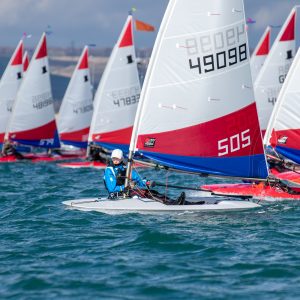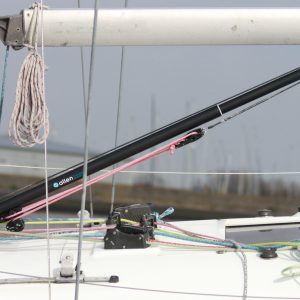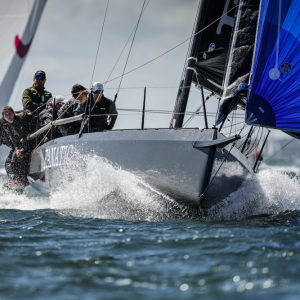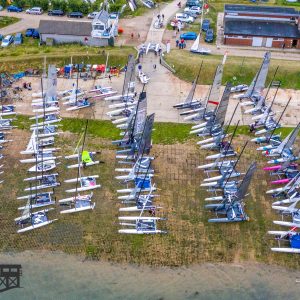Choosing the correct Cam Cleat.
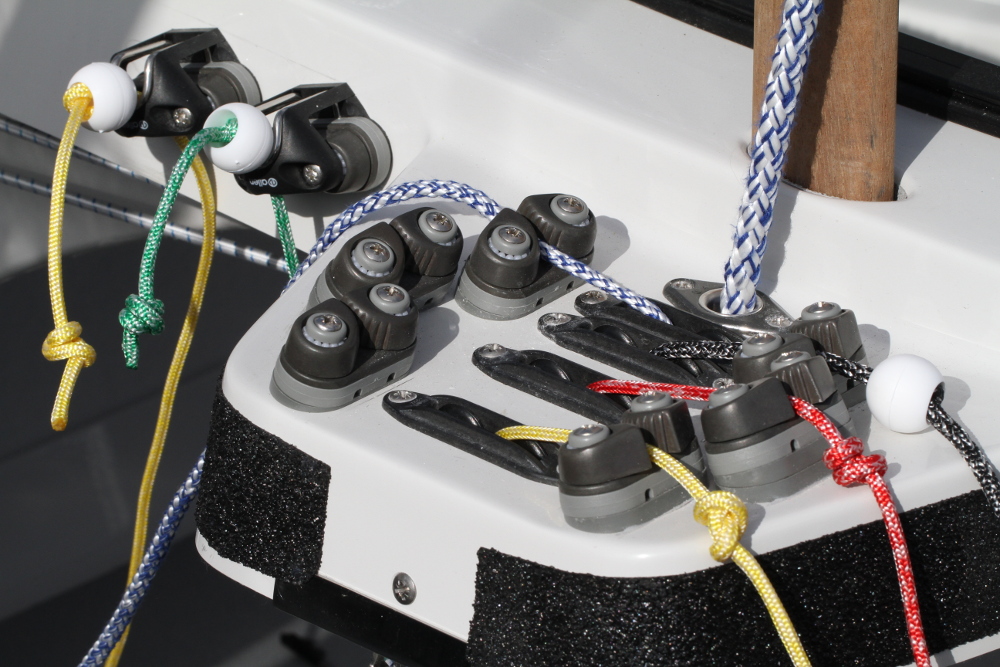
Cam Cleats are available in different materials, sizes and have a wide range of accessories to suit many different applications, so it can be daunting to know which type or accessory is needed to suit specific cleating needs. Here you will find all the information required to make the right choice – all from the designers of the original aluminium cam cleat!
First, a bit of history behind the Allen Cam Cleat – The Allen Brothers, Tony and Glenn, were the inventors of the original aluminium cam cleat. They developed the idea whilst building a Hornet “JACK-O-LEAN” number 205. The brothers had started off using Tufnell cam cleats but decided they were not good enough. The Tufnell cam cleat gripped well when they were new but would make releasing the rope difficult. Once they had worn-in, just a few sailing sessions later, they would slip and be useless.
After many months of researching, designing and prototyping Tony Allen had built a machine in which he could pressure die-cast what is now known as the A..76 – Aluminium Ball Bearing Cam Cleat – although the first design did not include ball bearings. Tony and Glenn then went onto sell their version of the cam cleat for 5 shillings each.
Today Allen has two main styles of cam cleats available; Aluminium Ball Bearing or Allenite Plain Bearing. Allen cam cleats are suitable for any rope up to 10 mm diameter and have a maximum working load of 150kg. This makes them suitable for both small dinghies and yachts.
Aluminium Ball Bearing Cam Cleats have had over 60 years of meticulous R&D to perfect their design, the jaw profile is optimised for rope entry and exit which results in smooth cleating and un-cleating without chewing rope whilst doing so. The addition of ball bearings and double coil springs gives a super smooth cam action, allowing for a consistent feel every time the rope is cleated.

The aluminium cam cleat is designed to be more durable and is capable of withstanding higher loads thanks to the strength of the die-cast aluminium jaws at the expense of being slightly heavier than the Allenite version. This makes the aluminium version perfect for applications which may have a fast running control line, such as a spinnaker halyard, mainsheet or jib sheet.
Allenite Plain Bearing Cam Cleats feature the same jaw profile as the aluminium version but are moulded from a proprietary material developed by Allen specifically for low weight and good heat dissipation to increase wear resistance over standard acetals. The removal of ball bearings offers a further weight reduction and softer coil springs allow the rope to drop into the jaws with less load. The Allenite version offers a good weight saving over the aluminium version.
Allen has a range of accessories that suit both versions of the cam cleats. To know which accessory is needed the intended use needs to be clarified. It’s also handy to know the difference between the leading and exit side of the cam cleat. The cams open towards the exit side.
Wire Under Fairlead – This little wire fairlead fits onto the leading side of the cam cleat, clipping into the bottom and sitting flush with the mounting surface. The Wire Under Fairlead is designed to accomplish one main objective; guiding rope into the cam cleat. Especially useful in applications where rope coming into the cam cleat is higher than the cam cleat itself or when the lead for the rope is off centre.
Pro-Lead – An acetal cage that fits around the exit side of the cam cleat. This accessory is designed to keep the rope running centrally through the cam cleat whilst allowing for adjustment of the rope at any angle. Available with a wire opening (Mega Pro-Lead) which reduces the wear around the opening of the fairlead for applications which are constantly adjusted at off-centre angles.
Roller Fairlead – The A.597 was developed to reduce friction on the mainsheet. Ideal for making pumping or general trimming of the mainsheet easier. Perfect for any dinghy or keelboat that has a mainsheet jammer, especially classes that run a spilt tale mainsheet or have class legal pumping. The top roller allows for forceful pumps in an upward direction that won’t gradually wear through the rope-guide. The reduction in friction will also result in less energy expenditure for the sailor. Sideways loads are also catered for with rolling side fairleads that still guide the rope directly into the cam cleat jaw.
The A.597 comes with extra-long threads to allow for customisation with cleat lifters and wedges. The threads can then be cut to length.
Fairlead – A nylon fitting that fits directly on top of the cam cleat. The fairlead is specifically for stopping the rope from leaving the cam cleat and is best used for applications where high precision cleating from a distance is not required.
Wedges and lifters – Available in various sizes to tilt or raise the cam cleat to suit the lead of the rope or make cleating or un-cleating easier. Cam cleats should where possible have rope lead into them on a central or negative angle (below the mounting point). When this isn’t possible and a wire under fairlead adds too much friction because the angle is too great, then a wedge or lifter is a good solution. Allen wedges can be stacked and used in either direction to allow for maximum customisation.
Through Deck Fairlead – Featuring a tube with a stainless-steel insert to reduce wear and friction, this mounting plate is ideal for leading rope through any flat surface.
Allen manufactures, designs and distributes all its products from its Essex based factory. The company prides itself on innovation and is always working with the leading sailors from around the world to ensure their feedback is put directly into product development.
For more information on any of the above please get in touch with the Allen sales team – Sales@allenbrothers.co.uk
